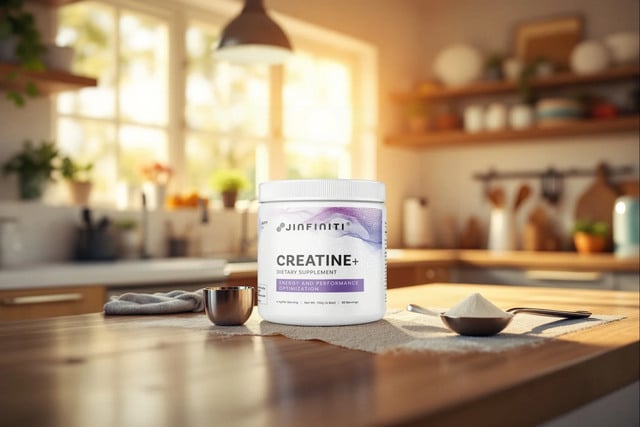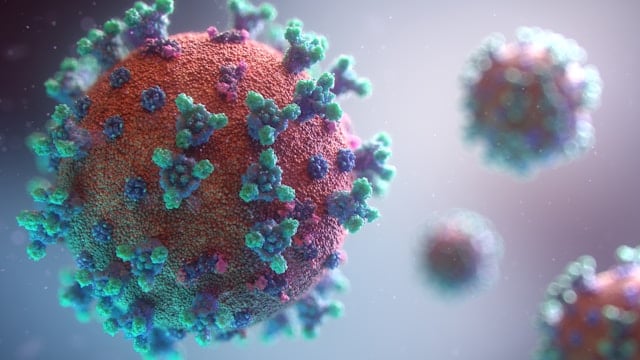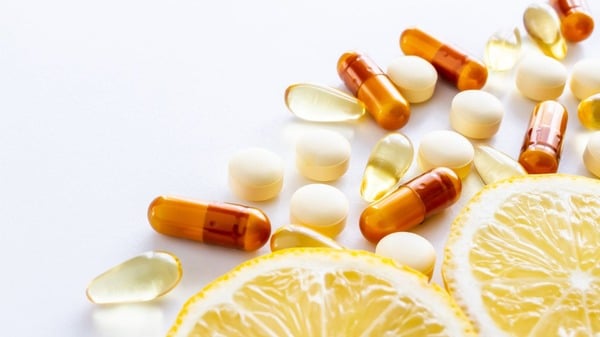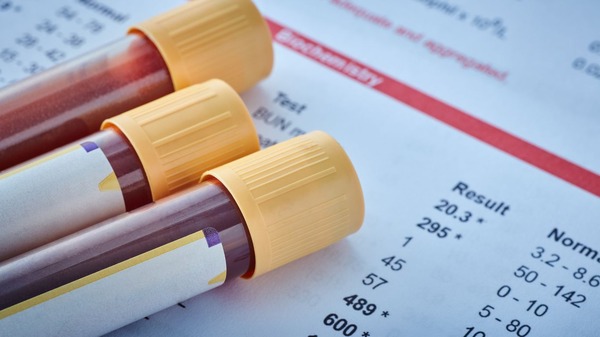What is Healthspan and Why Does it Matter?
Living longer doesn’t automatically mean living better. While medical advances have extended the total number of years we live, older adults now spend nearly a decade on average dealing with chronic illness and declining function.
This gap between how long we live (lifespan) and how long we stay healthy (healthspan) is why focusing solely on longevity misses the bigger picture.
Here’s what healthspan really means and how to maximize your healthy, active years.
Key Takeaways
- While we’re living longer than ever before, there’s a surprising 9-year gap between how long we live and how many of those years we actually spend in good health.
- Simple daily choices like what you eat, how you move, and who you connect with can dramatically influence whether you spend your later years thriving or just surviving.
- Scientists are discovering breakthrough tools and strategies to measure and extend healthy years, but the most powerful interventions might already be within your reach.
What is Healthspan?

Healthspan is the period of life you spend in good health, free from serious chronic conditions and major disabilities.
It’s not just about how many years you live. It is about how well you live those years, focusing on your overall quality of life and ability to enjoy daily activities.
Unlike traditional health metrics that focus on treating disease or simply tracking how long you live, healthspan emphasizes the quality of those years.
There’s a growing focus on healthspan in science. For instance, the medical database PubMed saw mentions of “healthspan” jump from just 14 before the year 2000 to over 900 by mid-2018.1 This shows a clear shift towards understanding how to improve the quality of our years.
Healthspan vs. Lifespan: Understanding the Difference

Lifespan is the total length of a person’s life, from birth until death. Healthspan, however, describes the part of that life spent in good health, free from major illness or disability.
Simply put, lifespan measures how long you live, whereas healthspan measures how many of those years are healthy and active.
Here’s why this distinction matters. You could live to 100 but spend your last 30 years managing diabetes, heart disease, and mobility issues. Your lifespan would be impressive, but your healthspan tells a different story.
Medical perspectives are shifting because of this gap. Healthcare professionals now recognize that simply extending life isn’t enough. The goal is adding life to years, not just years to life.
This change reflects a growing understanding that successful aging means maintaining vitality and independence, not just reaching advanced age.
The Growing Gap Between Healthspan and Lifespan

The numbers tell a concerning story. Globally, the healthspan-lifespan gap has grown from 8.5 years in 2000 to 9.6 years in 2019.2 This represents a 13% increase over just two decades.
We’re living longer than ever before, with life expectancy having doubled over the last two centuries around the world.3 However, our healthy years haven’t kept pace. Globally, the average health-adjusted life expectancy is 63.3 years, significantly less than the mean life expectancy of 72.5 years.4
This creates real challenges. At a personal level, it means spending more years managing chronic diseases and disabilities. You might live to 80 but struggle with health issues for your final decade.
For society, this gap strains healthcare systems and economies. More people need long-term care and medical management. The burden falls on families, communities, and healthcare resources.
The United States faces the largest healthspan-lifespan gap at 12.4 years, driven by high rates of chronic diseases.5 Women experience an even wider gap than men, averaging 2.4 additional years with health challenges.
Why Healthspan Matters More Than Lifespan

The difference between living longer and living better becomes clear when you consider what truly matters in your later years.
Personal Benefits
A longer healthspan means more years of independence, allowing you to engage fully in life’s activities. This might mean playing with grandchildren, pursuing hobbies, or staying socially connected with friends and family.
The beauty of healthspan is that it’s personal. For some people, it means maintaining the ability to travel independently at 85. For others, it’s continuing to read books or play musical instruments. The key is maintaining your ability to function and enjoy daily activities, not just adding years to your life.
This personalized approach to health goals makes healthspan both meaningful and achievable. Rather than focusing solely on reaching a certain age, you can work toward maintaining the specific functions that matter most to you.
Economic and Social Benefits
The economic implications are substantial. Poor health costs U.S. employers more than $530 billion annually in lost productivity. By extending healthspan, we can reduce healthcare costs and increase economic productivity.
A longer healthspan means people can contribute to society longer through work, volunteering, and caregiving. This reduces the burden on healthcare systems and families while strengthening communities.
Research shows that targeting aging itself offers potentially larger economic gains than treating individual diseases. A slowdown in aging that increases life expectancy by just one year is worth $38 trillion globally.
Factors That Influence Your Healthspan

Multiple factors work together to influence how many healthy years you’ll enjoy. While genetics plays a role, lifestyle choices have the most significant impact on your health trajectory.
Diet and Nutrition
Research shows that choosing low-carbohydrate diets or diets rich in vegetables, fruits, nuts, cereals, fish, and unsaturated fats can decrease cardiovascular disease and obesity risk.6 These foods contain antioxidants, potassium, and omega-3 fatty acids that protect your brain from aging and reduce the risk of telomere shortening.
Plant-based diets providing bioactive phytonutrients may help offset hallmarks of aging and reduce chronic disease risk.7 Key nutritional factors include polyphenols like resveratrol and quercetin, which can modulate cellular pathways critical for longevity.
Physical Activity
Regular physical activity bolsters cardiovascular health, strengthens muscles and bones, enhances mood, and boosts overall energy levels.
The four pillars of fitness for longevity include cardio exercise, strength training, balance and mobility work, and proper recovery. Cardio improves heart health and endurance. Strength training maintains muscle mass that naturally declines with age. Balance exercises reduce fall risk.
Even modest increases in activity yield significant benefits. Adults should aim for at least 150 minutes of movement per week, with studies suggesting even greater benefits at 300 minutes weekly.
Sleep and Recovery
Sleep functions as a restorative process, providing time for your brain and body to recover from daily activities. Poor sleep increases cortisol levels, contributing to inflammation and accelerated aging.
Recovery needs become more important as you age. Sleep disturbances can increase DNA damage and cellular senescence, key drivers of aging.8
Social Connection and Mental Health
Strong relationships support emotional resilience, lower stress, and are linked to longer, healthier lives. According to the study published in The Royal Society, people with robust social ties have a 50% higher survival rate compared to those with weaker connections.9
Mental health also plays an equally important role. Depression, chronic stress, and anxiety contribute to inflammation and accelerated aging processes.10
Practical Steps to Extend Your Healthspan

Taking control of your healthspan starts with evidence-based strategies you can implement today.
- Move Your Body Daily: Aim for moderate physical activity daily, including strength training, cardiovascular exercise, and balance work. This includes cardio, strength training, and balance work. Even brief, regular sessions significantly benefit overall health.
- Prioritize Quality Sleep: Maintain a consistent sleep schedule with 7-8 hours of restful sleep nightly to promote cellular repair and rejuvenation.
- Eat Nutrient-Dense Foods: Focus on whole foods rich in antioxidants, healthy fats, and fiber. Include nuts, which can reduce premature death risk by 39% when consumed three times weekly.11
- Stay Hydrated: Proper hydration supports organ function and helps regulate body temperature, contributing to slower biological aging.
- Build Strong Social Connections: Maintain meaningful relationships, as strong social ties can increase survival rates by 50%.
- Monitor Your Biomarkers: Consider advanced testing like our Intracellular NAD® Test and AgingSOS® Biomarker Panels to track aging markers and optimize your health interventions based on personalized data.
These steps work together to compress the period of illness and extend your healthy years.
The Science of Extending Healthy Years: Research Frontiers
Scientists are making exciting discoveries in healthspan research. One promising area focuses on geroprotectors, which are substances that slow aging and extend healthy years.12 Well-known natural geroprotectors include metformin, resveratrol, aspirin, and spermidine.
Researchers are using advanced technology to accelerate discovery. Scientists recently developed AgeXtend, an AI platform that screened over 1.1 billion compounds to identify new anti-aging candidates.13 This technology accurately identified known geroprotectors like metformin and taurine, even when excluded from training data.
Another breakthrough involves genetic rewiring. University of California researchers extended yeast cell lifespan by 82% by manipulating aging pathways.14 While this is early-stage research, it demonstrates potential for genetic approaches to healthspan extension.
Challenges remain significant. Translating findings from simple organisms to humans takes decades. Many promising interventions work in laboratory animals but may not benefit humans. Additionally, measuring healthspan consistently across studies proves difficult, as it encompasses multiple health dimensions rather than a single metric.
Despite these hurdles, the field is advancing rapidly with new tools and approaches.
Your Healthspan Journey Starts Now

Healthspan is about more than just living longer, it’s about making the most of every year by staying healthy, active, and independent. By focusing on factors affecting it, like nutrition, movement, sleep, and social connection, you can help close the gap between how long you live and how well you live.
The science of healthy aging is advancing every year, offering new tools and insights to support your journey. While no one can predict the future, your daily choices play a powerful role in shaping it.
Start today by taking small, evidence-based steps to support your healthspan. Your proactive choices are your most powerful tool.
Referenced Sources:
- https://pmc.ncbi.nlm.nih.gov/articles/PMC6136295/ ↩︎
- https://pmc.ncbi.nlm.nih.gov/articles/PMC11635540/ ↩︎
- https://ourworldindata.org/life-expectancy-globally ↩︎
- https://jamanetwork.com/journals/jamanetworkopen/fullarticle/2827753 ↩︎
- https://pmc.ncbi.nlm.nih.gov/articles/PMC11635540/ ↩︎
- https://pmc.ncbi.nlm.nih.gov/articles/PMC8838212/ ↩︎
- https://www.frontiersin.org/journals/nutrition/articles/10.3389/fnut.2024.1409339/full ↩︎
- https://pmc.ncbi.nlm.nih.gov/articles/PMC8658028/ ↩︎
- https://royalsocietypublishing.org/doi/10.1098/ ↩︎
- https://pmc.ncbi.nlm.nih.gov/articles/PMC7400286/ ↩︎
- https://www.sciencedaily.com/releases/2013/07/130715202458.htm ↩︎
- https://pmc.ncbi.nlm.nih.gov/articles/PMC5440114/ ↩︎
- https://indiaai.gov.in/article/indian-scientists-develop-ai-based-agextend-platform-for-anti-ageing-research ↩︎
- https://www.medicalnewstoday.com/articles/longevity-scientists-use-genetic-wiring-to-increase-cells-lifespan#Lifespan-almost-doubled-after-genetic-rewiring ↩︎























































